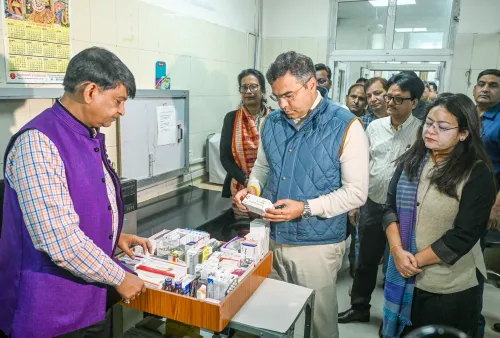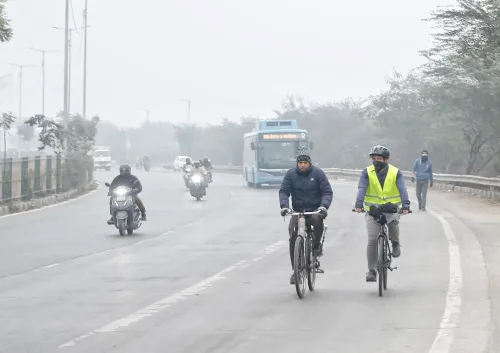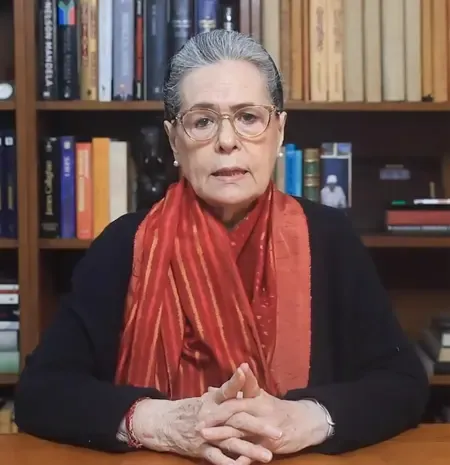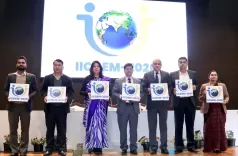Do Novel Live Type 1 and 3 Oral Polio Vaccines Show Promise in Phase 1 Trials?
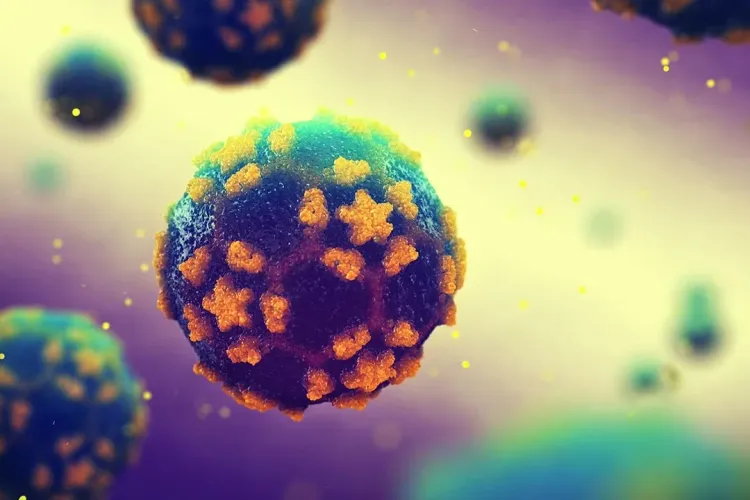
Synopsis
Key Takeaways
- nOPV1 and nOPV3 are proven safe and immunogenic.
- Favorable safety profiles comparable to mOPVs.
- Potential to enhance global polio eradication strategies.
- Next phase trials will target vulnerable populations.
- Research supports innovative approaches to vaccine development.
New Delhi, Aug 16 (NationPress) The innovative live attenuated type 1 and 3 oral polio vaccines (nOPV1 and nOPV3) have demonstrated safety and a robust immune response, according to findings from a phase 1 randomized controlled trial.
The research, published in The Lancet Infectious Diseases, indicates that both nOPV1 and nOPV3 exhibit a favorable safety profile while generating an immune response and viral-shedding patterns similar to those of the homotypic monovalent (single-strain) Sabin-strain oral vaccines (mOPVs).
“This initial human trial of nOPV1 and nOPV3 confirmed that both vaccine candidates are safe and well-tolerated in healthy adults, capable of inducing neutralizing antibody responses akin to those produced by mOPV1 and mOPV3,” stated the researchers, including contributors from the University of North Carolina.
The outcomes stem from a randomized study involving 205 adults across four centers in the US, where participants were randomly assigned to receive at least one dose of either nOPV or mOPV.
Participants receiving the inactivated poliovirus vaccine were administered one dose of either nOPV1 or mOPV1 (cohort 1), or nOPV3 or mOPV3 (cohort 3), while OPV participants received two doses of either nOPV1 or mOPV1 (cohort 2), or nOPV3 or mOPV3 (cohort 4) spaced 28 days apart.
The researchers noted that the extent and duration of nOPV shedding were not more than those observed with Sabin controls.
“Moreover, we noted a decrease in shedding following the second dose, which aligns with an enhancement of intestinal immunity,” they added.
The effective deployment of nOPV2 to tackle type 2 circulating vaccine-derived polioviruses (VDPVs) suggests that employing such innovative vaccines could be beneficial for controlling circulating VDPV outbreaks after the discontinuation of vaccines containing Sabin-strain types 1 and 3 polioviruses.
The nOPVs can aid the Global Polio Eradication Initiative's Polio Endgame Strategy by offering vaccines that are less likely to be associated with vaccine-derived paralytic poliomyelitis and the emergence of new circulating VDPVs, according to the researchers.
“The safety and immunogenicity data gathered for nOPV1 and nOPV3 in this phase 1 clinical study provide a solid foundation to justify ongoing phase 2 trials in relevant geographical target populations, including previously vaccinated children, infants, and vaccine-naive neonates,” the researchers concluded.


